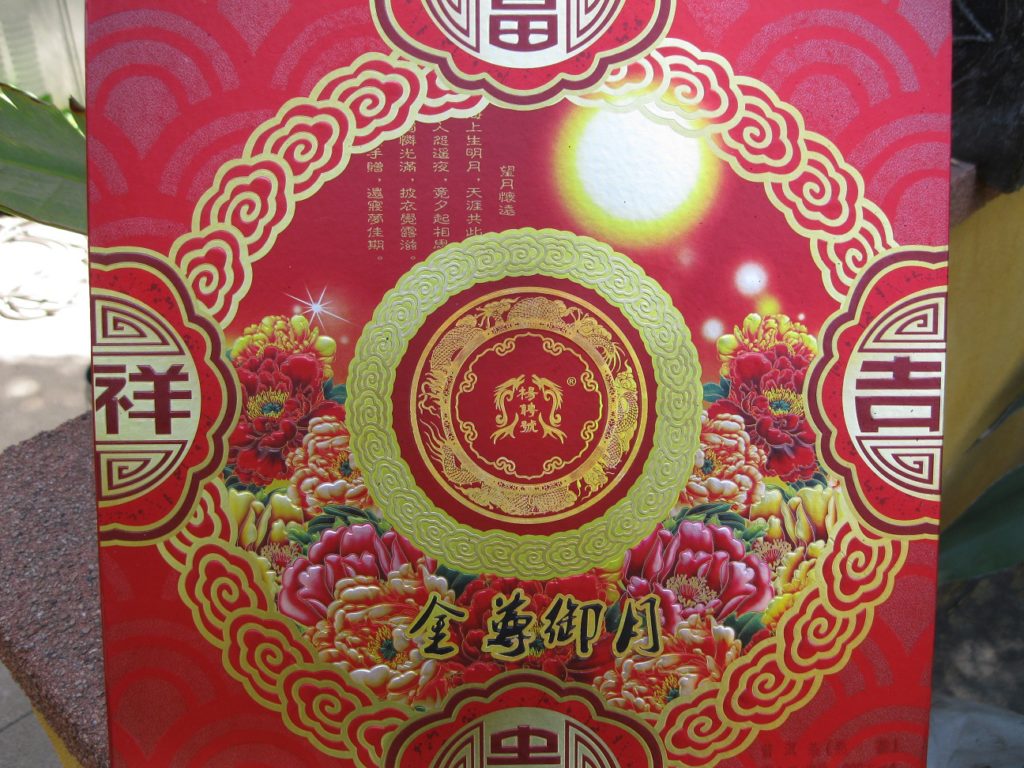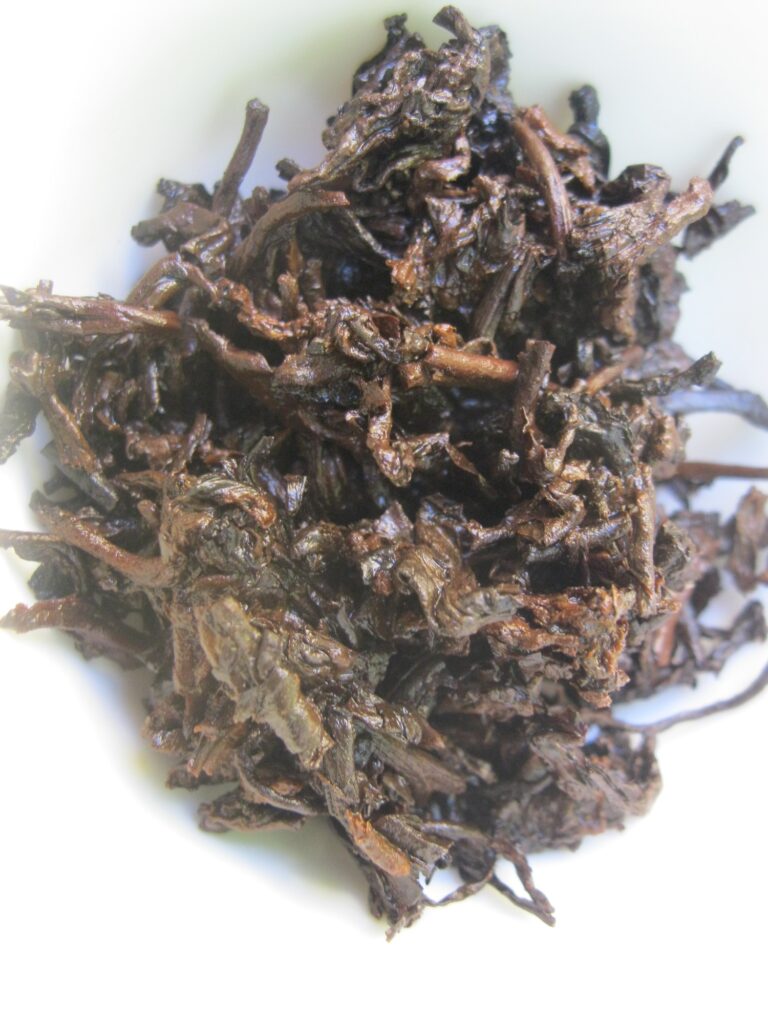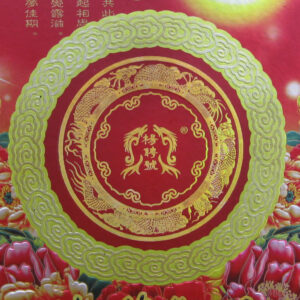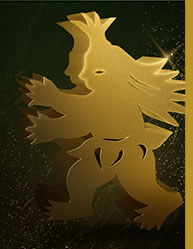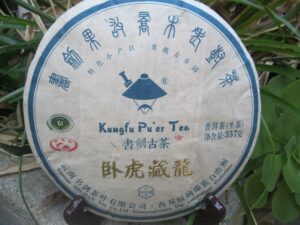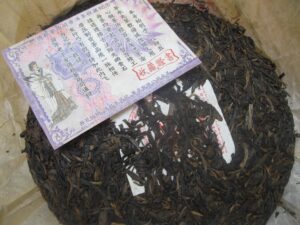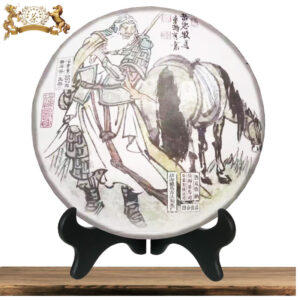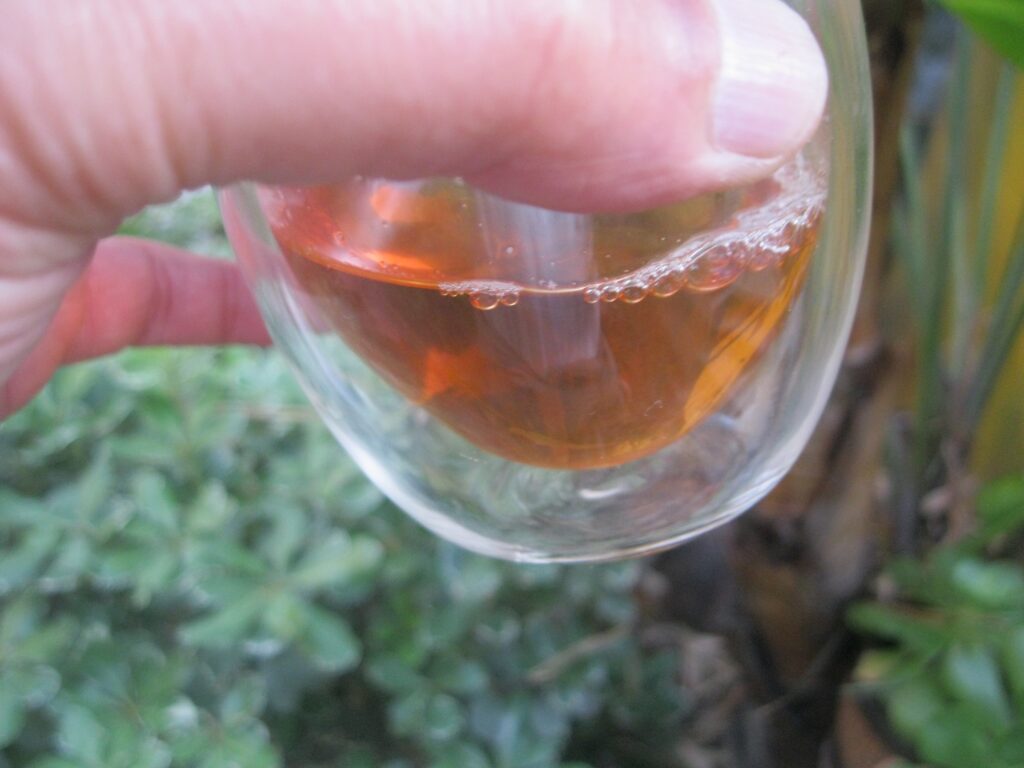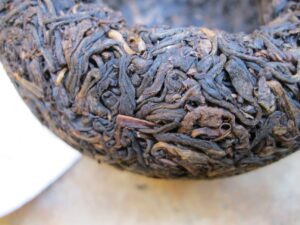Puerh Junky Under Dynamic Moon(cake)
Puerh Junky Under Dynamic Moon(cake) attempts to capture a Sunday-morning moment. It involved the notorious Puerh Junky and a Menghai ripe in The Collection since ’16, the Mooncake. Here the focus is on the word “dynamic.” Much digital ink has been spilled over both this offering and its maker, Yangpinhao YPH. No need to go there. Today, it’s about “capturing”, “focusing”, and “dynamism.” Nonetheless, a tale of the tape is in order.
The ’12 Mooncake is a 200g square, embossed with the fancy YPH logo. As of ’23 it’s 13yo. In light of the absence of any petrichor or other humid notes, it’s fair to call it dry-stored; but it’s not dry. It’s hard to put a finger on how it’s evolved over time. The silty mouthfeel for certain has diminished, as has the baby powder fragrance. In its place, perhaps more incense and dark chocolate. A perfume character has held steady throughout the years
It changes much during the session. The huigan is the star. Here is where a mélange of taste sensations come through. Wood prevails, if that tends toward oak or sandalwood is going to depend upon the drinker. There’s sourness, wood sour that lingers, but not sharply. Everything about the experience is refined. A glassy quality in the broth remains throughout, but as it cools more chocolate milk notes appear. At room temp, it’s pure squeeze bottle Hershey’s without the milk, drizzled over sandalwood powder, topped with half a cherry. It’s not fruity, but there’s a dash in there to add to the artistry. There’s quite a bit of vanilla.
This is not they type of ripe that is going for ripe thickness. Pushing in the early infusions frankly will only ruin the refinement. There’s certainly no need to push to get the feeling. The qi is exceptional. It’s a real nape-necker that spreads along the traps to the back of the arms, another wave up to the ears, eliciting stretches that advance to headrush, Ultraman hand gestures and imaginings, before the urge to seriously lay down, yawns, itchy eyes. Super, duper relaxing. No inkling of unsettled feeling in the chest.
Mooncake has entered its next stage of development. Does this place it in company with the light-fermented ripes that age out over time to approximate raws? Perhaps, but there’s no raw that I’ve ever tasted that is this dark. For fun, the thought occurred to compare Mooncake with the Langhe Ripe Tuo, since both have pronounced wood notes.
- Mooncake is much more “floral” or “perfume.” The perfume note of the Mooncake is its most distinguishing feature.
- Mooncake has a much fruitier nose in the late infusions, day two.
- LHT is sweeter.
- Mooncake is more bitter.
- Mooncake’s huigan is perfume and late infusions enter the baby powder zone.
- Both achieve best results when brewed as if raws, meaning extended infusion times at outset are not ideal.
- LHT is much more sour than the Mooncake.
- LHT has a smoky hickory finish that’s like bacon.
- Mooncake tastes heavier.
Instagram shots.

